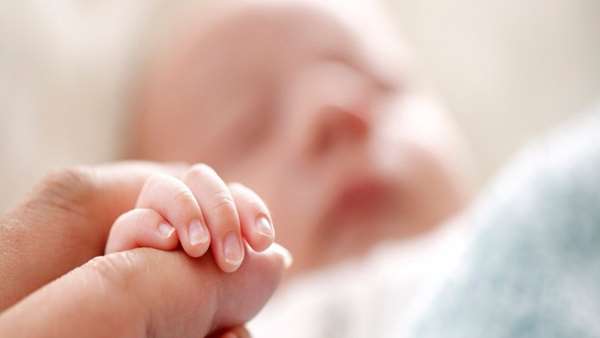Treating spina bifida in utero with cord-tissue patch
The scope of the conditions being treated with cord blood and cord tissue stem cells is already extensive and keeps growing. This is a fascinating, current treatment using cryopreserved human umbilical cord to heal spina bifida.
The scope of the conditions being treated with cord blood and cord tissue stem cells is already extensive and keeps growing. This is a fascinating, current treatment using cryopreserved human umbilical cord to heal spina bifida. The findings are published in Obstetrics & Gynecology, the journal of the American College of Obstetricians and Gynecologists (ACOG).
Spina bifida is a condition in which the coverings of the brain, spinal cord or meninges—the protective covering around the brain or spinal cord, does not completely develop. The defect can lead to paralysis, urinary or bowel dysfunction and mental retardation (as defined by the National Institute of Neurological Disorders and Stroke).
The umbilical cord patch
Researchers at McGovern Medical School at the University of Texas Health Science Center used a patch comprising the outer layer of the umbilical cord from healthy newborns.
"The promise of this patch is that the umbilical cord contains specific natural material that has regenerative properties," said Ramesha Papanna, M.D., M.P.H., lead author, assistant professor in the Department of Obstetrics, Gynecology and Reproductive Sciences at McGovern Medical School and maternal-fetal medicine specialist at the Fetal Center at Children's Memorial Hermann Hospital where the surgeries took place.
The umbilical cord patch allows the local tissue to grow in instead of healing by scar formation that occurs with traditional methods. The decrease in scar formation may further help improve the spinal cord function as well as reduce the need for future surgeries to remove the effects of the scar tissue on the spinal cord.
"The use of this patch for fetal repair heralds a new era for fetal spina bifida repair," said Kenneth Moise, M.D., co-author, professor, director of the Fetal Intervention Fellowship Program at McGovern Medical School and co-director of the Fetal Center.




ارسال به دوستان